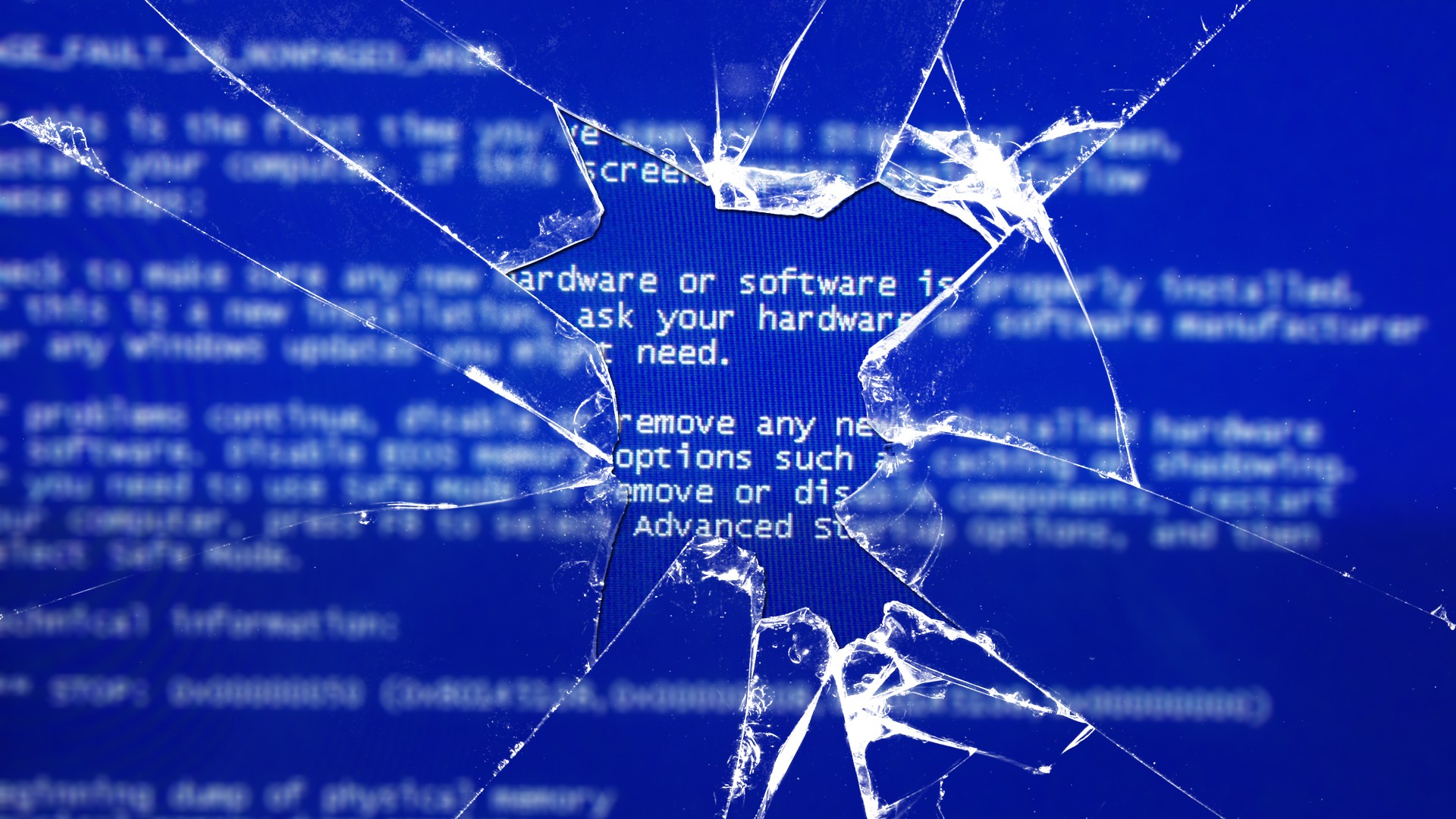https://github.com/adamleinss/PowerShellBIOSUpdate
This is a quick and dirty script for PSADT (http://psappdeploytoolkit.com/) to deploy BIOS updates relating to Intel’s Meltdown/Spectre vulnerability.
PSADT is designed to be used in SCCM deployments, however, it is agnostic enough that it should be able to be used with any software management solution such as PDQ Deploy.
Main drivers in this script:
- Get-WmiObject Win32_ComputerSystem
- Get-WmiObject Win32_BIOS
Using a Lenovo M900 as an example:
PS C:\_PUBLIC_REPO> Get-WmiObject Win32_ComputerSystem
Domain : XXXXXXXXX
Manufacturer : LENOVO
Model : 10FM0026US
Name : XXXXXXXXX
PrimaryOwnerName : ACME
TotalPhysicalMemory : 8478724096
PS C:\_PUBLIC_REPO> Get-WmiObject Win32_BIOS
SMBIOSBIOSVersion : FWKT86A
Manufacturer : LENOVO
Name : FWKT86A
SerialNumber : XXXXXXX
Version : LENOVO - 1860
Stepping through the code:
$FirmwareUpdateRan = 'FALSE'
Set initial status of $FirmwareUpdateRan to FALSE
$ComputerModel = (Get-WmiObject Win32_ComputerSystem).Model
Set $ComputerModel to 10FM0026US as given for the M900 example above.
$BIOSVersion = (Get-WmiObject Win32_BIOS).Name
Set $BIOSVersion to FWKT86A as given for the M900 example above.
if (($ComputerModel -eq '10FM0026US') -and ($FirmwareUpdateRan -eq 'FALSE') -and ($BIOSVersion -lt 'FWKT86A'))
Once we run one at least one block of firmware update code, $FirmwareUpdateRan will be set to TRUE. Setting this flag will prevent the restart prompt later on if we didn’t run any update code. $BIOSVersion should compared against the version of the BIOS you want to update to. Easiest way of getting this is just running Get-WmiObject Win32_BIOS on the test computer after you run the current BIOS update.
{ $Response = Show-InstallationPrompt -Message 'Executing BIOS update...please close all apps' -ButtonRightText
'Cancel' -ButtonLeftText 'Continue' -Timeout 600
if ($Response -eq 'Cancel') { exit 12345 }
Show a prompt to end user. The majority of the BIOS updates will force a reboot right away without any warning, thus we display a message to the end user and allow them to cancel it.
New-Item -Path HKLM:SOFTWARE -Name ACMEDesktop -Force
Set-ItemProperty -Path HKLM:SOFTWARE\ACMEDesktop -Name MeltdownFirmwareFix -Value "Yes" -Type String
This is useful for satisfying the detection rule for SCCM. There’s no clean way of determining whether there is a failure of the BIOS update, other than running a compliancy report in your software/hardware inventory reporting tool to make sure the update happened.
set-location $dirfiles\M900
Lenovo’s flash utility doesn’t accept absolute paths: we have to run it from the current directory, so we use set-location to force the location folder.
start-process flash.cmd -ArgumentList '/quiet' -Wait -PassThru
Run the BIOS update
Show-InstallationRestartPrompt -Countdownseconds 600 -CountdownNoHideSeconds 60
This is only shown if the BIOS update didn’t force a reboot. Currently, I only found the T460S and Yoga S1 laptops do not force a reboot. Since reboot isn’t forced, we force one with a 10 minute countdown.
Suspend-BitLocker -MountPoint C: -RebootCount 1 -Confirm:$false
Suspends BitLocker for one reboot, otherwise laptop will go into recovery mode. Note this command is supported for Windows 8 and later only. For Windows 7 you will need to use manage-bde: Manage-bde.exe –protectors –disable c:. I didn’t see any -rc option, so you will need to do something such as a scheduled task to turn it back on.




